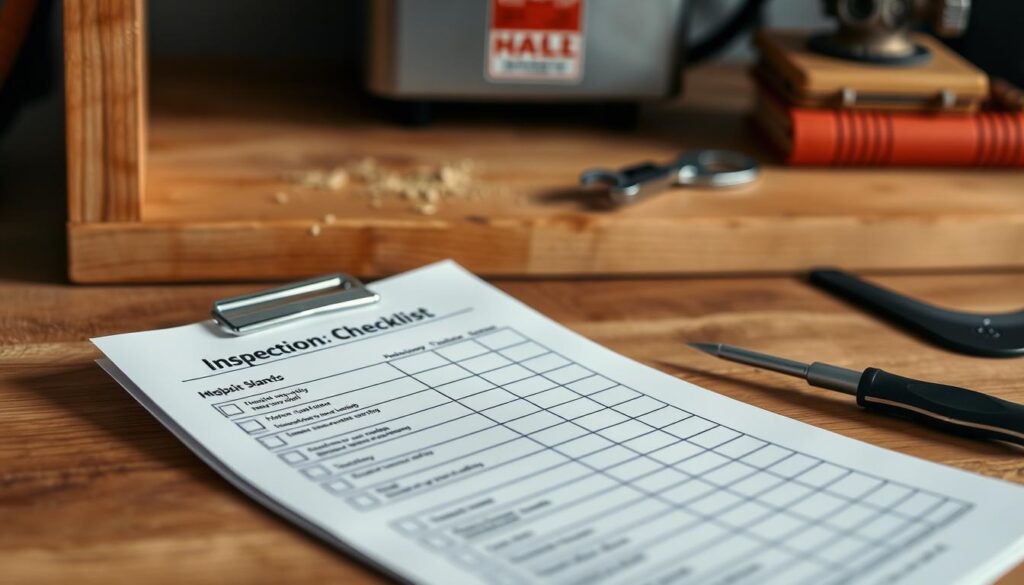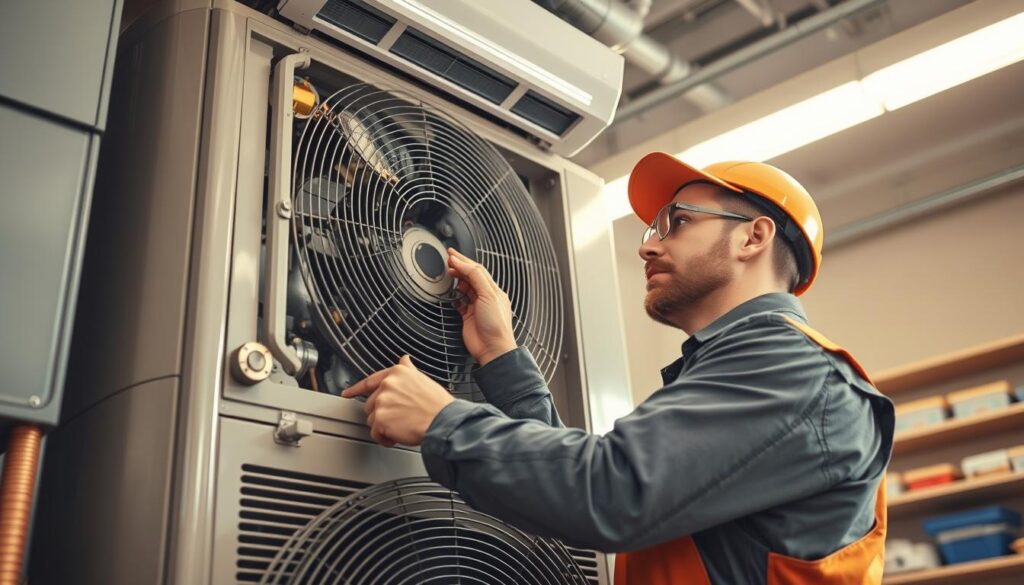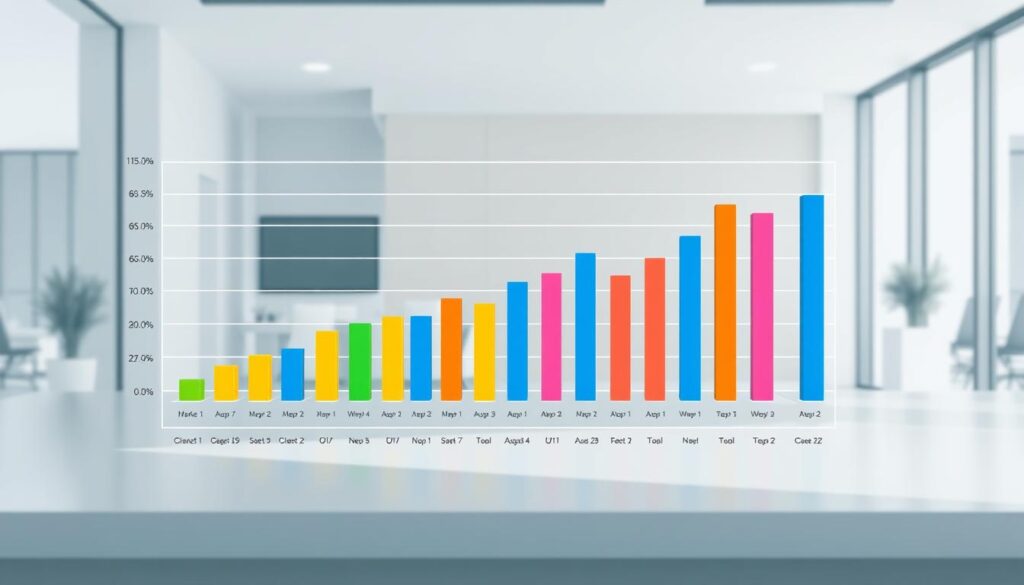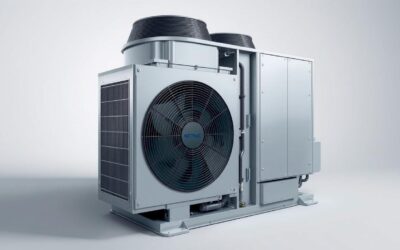Ever wondered why your refrigeration system doesn’t perform as well as it used to? The answer often lies in the lack of a solid care plan. Just like your car needs regular oil changes and tire rotations, your HVAC system thrives on consistent attention. Regular check-ups can prevent unexpected breakdowns and keep your system humming efficiently1.
Imagine the peace of mind that comes with knowing your system is in top shape. A well-maintained HVAC unit can last up to 20 years, while neglected ones may fail much sooner1. Plus, routine care can boost energy efficiency by up to 30%, saving you money on utility bills1.
This ultimate guide is packed with expert tips and actionable steps to help you extend the life of your system. From replacing air filters every 1-3 months to scheduling annual tune-ups, we’ve got you covered. Let’s dive in and ensure your refrigeration system runs smoothly for years to come.
Key Takeaways
- Regular HVAC care can extend system lifespan by 5-10 years1.
- Energy efficiency improves by up to 30% with proper maintenance1.
- Replace air filters every 1-3 months for optimal performance1.
- Annual tune-ups can reduce repair costs by 15-30%1.
- Clean condenser coils yearly to maintain efficiency1.
Understanding the Importance of Regular HVAC Maintenance
What if a simple routine could save you hundreds on energy bills? Just like your car needs regular oil changes and brake checks, your HVAC system thrives on consistent care. A well-planned maintenance schedule ensures your system runs efficiently and lasts longer2.
Regular checks can boost your system’s efficiency by up to 30%, saving you money on utility bills2. Neglecting these tasks can cause your system to work 20% harder, increasing energy usage and costs over time3. By staying proactive, you can avoid these pitfalls and keep your home comfortable year-round.
Impact on Efficiency and Lifespan
Think of your HVAC system like a car. Without regular tune-ups, it won’t perform at its best. Systems that receive consistent care can operate at 95% efficiency, while neglected ones drop to 70%2. This difference can add up to significant energy savings over time.
Proper care also extends your system’s lifespan. Well-maintained units can last 15–20 years, while neglected ones may fail in just 10–15 years4. That’s a decade of reliable service you could be missing out on.
Cost Savings Through Preventative Care
Preventative care isn’t just about comfort—it’s about saving money. Early detection of issues can reduce repair costs by 30–50%2. For example, replacing your air filter every 1–3 months can prevent clogs that reduce efficiency by 15%3.
By sticking to a schedule, you can avoid emergency repairs and keep your system running smoothly. It’s a small investment that pays off in the long run. Ready to dive deeper? Let’s explore how to create a personalized inspection plan in the next section.
Your Essential maintenance guide for HVAC Refrigeration Systems
Keeping your HVAC system in top shape is like tuning your ride for a smooth drive. Just as a car needs regular check-ups to perform its best, your system thrives on consistent care. Let’s break down what to inspect and when to ensure it stays well-maintained.

What to Inspect and When
Think of your HVAC system as a car engine. Without proper care, it loses efficiency over time. Regular inspections can prevent this, keeping your system running like a well-oiled machine. Here’s a checklist to help you stay on top of things:
- Filters: Replace them every 1–3 months, just like changing an oil filter in a car. This keeps airflow smooth and prevents clogs5.
- Pressures: Check refrigerant levels twice a year to ensure optimal performance6.
- Electrical Connections: Inspect wiring and connections annually to avoid system failures5.
- Condenser Coils: Clean them yearly to maintain efficiency, similar to tuning up your ride5.
Short-term inspections, like filter replacements, are quick and easy. Long-term tasks, such as checking refrigerant levels, require more attention but are equally important. By sticking to this routine, you’ll keep your system in top condition.
Just as you wouldn’t skip a car’s tune-up, don’t neglect your HVAC system. Regular care ensures it runs efficiently, saving you money on energy bills and preventing costly repairs6. Ready to take the next step? Let’s explore how seasonal adjustments can further optimize your system’s performance.
Preventative Check-ups and Seasonal Inspections
Your HVAC system is like a well-oiled machine—it needs regular attention to keep running smoothly. Just as you wouldn’t skip an oil change for your car, your system thrives on routine check-ups and seasonal care. These simple steps can help keep your home comfortable and your energy bills low7.

Short Term Check-Ups: Filters, Pressures, and Lights
Start with the basics. Replace your air filters every 1–3 months to ensure smooth airflow and prevent clogs7. Check refrigerant pressures twice a year to maintain optimal performance. Don’t forget to inspect lights and indicators—they’re your system’s way of telling you if something’s wrong.
Think of these tasks like checking your car’s tire pressure or oil levels. They’re quick, easy, and can save you from bigger issues down the road. For example, a dirty air filter can increase energy costs and lead to early equipment failure8.
Long Term Inspections: Fluids, Spark Plugs, and Belts
For long-term care, focus on fluids, spark plugs, and belts. Inspect refrigerant levels and ensure there are no leaks. Check electrical connections annually to avoid system failures7. Lubricate moving parts to reduce friction and improve efficiency.
These tasks are like the periodic “waxing” of your car—they preserve components and extend their lifespan. For instance, a plugged condensate drain can lead to water damage and affect indoor humidity levels8.
Seasonal Adjustments: Winter and Summer Considerations
Seasonal changes require unique care. In the fall, inspect your heating system to prepare for winter. In the spring, focus on cooling components to ensure they’re ready for summer. Homes that have regular seasonal inspections report a 20% decrease in emergency repair calls7.
Just as you’d check your car’s battery before a road trip, your HVAC system needs seasonal attention. Scheduling these tasks can lead to an overall increase in home value by up to 10%7.
By following these steps, you’ll not only help keep your system running efficiently but also save money on energy bills and repairs. Ready to dive deeper? Let’s explore how interpreting industry stats can refine your care plan even further.
Interpreting Industry Stats and Data for Informed Decisions
Have you ever considered how data can transform your HVAC care routine? Industry stats and research-backed trends can help you make smarter decisions, saving time and money. By understanding the numbers, you can optimize your system’s performance and avoid costly repairs9.

Research-Backed Maintenance Trends
Recent studies show that companies using data-driven strategies see a 10-30% boost in efficiency10. For HVAC systems, this means following manufacturer recommendations, like scheduling an oil change every 10,000 miles, can significantly extend lifespan9.
For example, checking fluid levels and light indicators regularly can prevent 20% of common system failures11. These small steps, backed by data, ensure your system runs smoothly and efficiently.
Crediting Expert Sources and Case Studies
Experts like James Nathan Schroder emphasize the importance of aligning care routines with service intervals9. Case studies reveal that systems with regular inspections last up to 20 years, while neglected ones fail much sooner10.
By leveraging insights from reputable sources, you can create a proactive care plan. This approach not only saves money but also enhances your system’s performance.
| Metric | Impact | Source |
|---|---|---|
| Fluid Levels | Prevents 20% of failures | 11 |
| Oil Change Frequency | Extends lifespan by 5 years | 9 |
| Light Indicators | Reduces repair costs by 15% | 11 |
By interpreting industry stats and expert advice, you can make informed decisions that keep your HVAC system running efficiently. Ready to troubleshoot common issues? Let’s explore how to spot early signs of trouble in the next section.
Expert Tips for Troubleshooting Common HVAC Issues
Noticing strange noises or reduced airflow from your HVAC system? It might be signaling a deeper issue. Just like a car’s transmission clunking or a worn belt, your HVAC system gives early warnings when something’s wrong. Recognizing these signs can save you from costly repairs and keep your home comfortable.

Recognizing Early Signs of System Trouble
Your HVAC system, much like a car, shows subtle symptoms when there’s a problem. Unusual noises, such as rattling or grinding, often indicate loose parts or a failing motor. Reduced airflow could point to a clogged filter or ductwork issues12.
Minor coolant leaks can also reduce efficiency by up to 15%, so keep an eye out for water pooling around your unit13. These signs, if ignored, can escalate into major repairs, costing you time and money.
Practical Troubleshooting Tips
Before heading to a shop, try these steps to address common issues:
- Check the Air Filter: A clogged filter can reduce airflow by 15%. Replace it every 1–3 months12.
- Inspect the Belt: A worn or loose belt can cause strange noises. Tighten or replace it as needed.
- Monitor Coolant Levels: Low refrigerant can lead to poor performance. If you suspect a leak, call a professional.
These simple checks can often resolve minor issues and prevent bigger problems down the road.
Preventive Measures to Avoid Future Problems
Regular care can save you from unexpected breakdowns. For example, cleaning spark plugs and inspecting electrical connections annually can prevent 20% of system failures13.
By staying proactive, you can extend your system’s lifespan and avoid costly repairs. Ready to take the next step? Let’s explore how to build a personalized checklist to ensure no troubleshooting step is missed.
Practical Steps and Tools to Stay on Top of Your Maintenance Schedule
Staying organized with your HVAC care can feel overwhelming, but it doesn’t have to be. With a personalized checklist, you can simplify the process and ensure your system runs smoothly all year long. Think of it like keeping a car maintenance schedule—regular updates and detailed records make all the difference14.

Building a Personalized Checklist
Start by listing tasks based on your system’s needs and manufacturer recommendations. For example, replace your air filter every 1–3 months and inspect refrigerant levels twice a year15. Include seasonal checks, like preparing your system for winter or summer, to avoid unexpected issues.
Use tools like digital reminders or printable checklists to stay on track. Many auto enthusiasts use similar methods to keep their vehicles in top shape—why not apply the same approach to your HVAC system14?
Tools to Simplify Your Routine
Here are some practical tools to help you stay organized:
- Digital Reminders: Set alerts on your phone or calendar for tasks like filter changes or annual inspections.
- Printable Checklists: Keep a physical copy in your HVAC unit’s manual for quick reference.
- Service Record Books: Track completed tasks and note any issues for future reference.
These tools not only save time but also ensure no task is overlooked. For instance, tracking faults found and fixed can prevent unplanned downtime16.
Yearly Reviews and Updates
At the end of each year, review your checklist to see what worked and what didn’t. Adjust tasks based on your system’s performance and any new recommendations from your manufacturer. This proactive approach can reduce long-term costs and extend your system’s lifespan15.
| Task | Frequency | Tool |
|---|---|---|
| Air Filter Change | Every 1–3 Months | Digital Reminder |
| Refrigerant Check | Twice a Year | Printable Checklist |
| Seasonal Inspection | Spring and Fall | Service Record Book |
By taking charge of your HVAC care, you can ensure your system runs efficiently and avoid costly repairs. Ready to get started? Build your checklist today and enjoy the peace of mind that comes with a well-maintained system.
Conclusion
Taking care of your HVAC system is like ensuring your car battery is charged and your brake pads are in good shape. Regular attention keeps everything running smoothly and avoids costly surprises17.
By following the steps outlined here, you can extend your system’s lifespan and improve its performance. Simple tasks, like checking refrigerant levels and replacing filters, can save you money and prevent breakdowns18.
Think of it as being proactive—just as you’d inspect your car’s spark plugs or consult the owner’s manual, your HVAC system thrives on consistent care. Start today and enjoy the peace of mind that comes with a well-maintained home.
Have questions or success stories to share? We’d love to hear from you. Your proactive approach can inspire others to take control of their HVAC care too.
FAQ
Why is regular HVAC maintenance important?
How often should I inspect my HVAC system?
What are the signs my HVAC system needs attention?
Can I perform HVAC maintenance myself?
What should be included in a seasonal HVAC inspection?
How does HVAC maintenance save me money?
What tools do I need for basic HVAC maintenance?
How do I build a personalized HVAC maintenance checklist?
What are the most common HVAC issues I should watch for?
Where can I find reliable HVAC maintenance tips?
Source Links
- PG Heating & Cooling
- HVAC Maintenance | Quality Heating & Sheet Metal Company
- 7 Reasons HVAC Maintenance is Essential – Madd Air Heating & Cooling
- The Importance of Regular HVAC Maintenance
- The Essential HVAC Maintenance Guide for Every Season – Northern Nevada & Northern California Homes for Sale & Real Estate
- Complete Guide to HVAC Preventive Maintenance
- The Ultimate Home Maintenance Checklist for Year-Round Care
- Maintenance Checklist
- Data-informed Decision Making: What does it mean, and should you be doing it? – mParticle
- Data-driven Decision Making: Use Data to Make Informed Decisions
- Data-Driven Decision Making: A Step-by-Step Guide [2024] • Asana
- Troubleshooting Guide for Common HVAC Problems
- The Complete HVAC Troubleshooting Guide
- What is a Preventive Maintenance Schedule? 8 Steps to Create a PM Schedule
- Everything You Need To Know About Maintenance Planning
- 6 Steps of the Maintenance Scheduling Process
- What Is Preventive Maintenance? | IBM
- Preventive Maintenance Program [8 Steps] – ToolSense




0 Comments